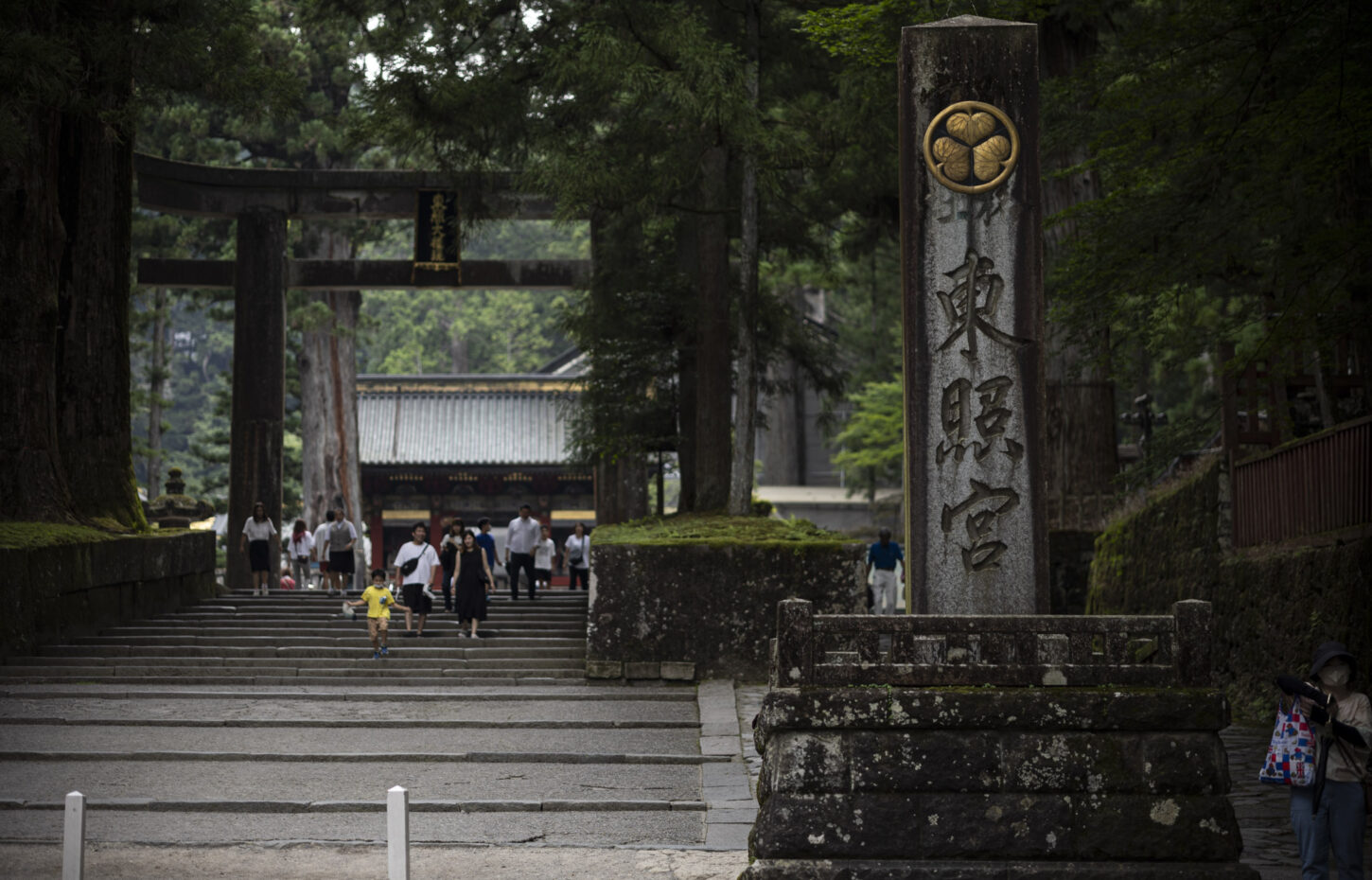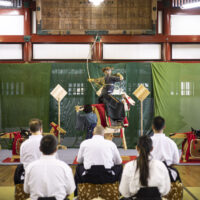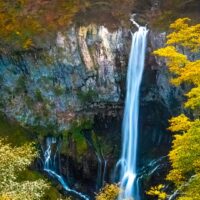Nikko City: Where Nature, History, and Spirituality Unite

Within the mountains of Tochigi Prefecture in Japan lies a place of unparalleled
beauty and historical significance: Nikko City. Known for its awe-inspiring natural
landscapes, rich cultural heritage, and deep spiritual connections, Nikko is a
destination that invites travelers to immerse themselves in the wonders of Japan’s
diverse offerings.
Connecting to Nature
One cannot speak of Nikko without mentioning its breathtaking natural scenery. The
city is renowned for its sacred forests, pristine lakes, and majestic waterfalls. The
Nikko National Park, a UNESCO World Heritage Site, encompasses a vast
expanse of land that boasts colorful foliage in autumn, tranquil lakes, and winding
hiking trails for nature enthusiasts.
Kegon Falls: Cascading from Lake Chuzenji, Kegon Falls is one of Japan’s
most beautiful waterfalls, plunging a dramatic 97 meters. A viewing platform offers a
mesmerizing vantage point, especially during the vibrant fall season when the
surrounding trees burst into a palette of reds and yellows.
Lake Chuzenji: High in the mountains, this serene lake is encircled by lush
forests and offers visitors opportunities for boating, hiking, and simply enjoying the
tranquil surroundings.
Historical and Cultural Treasures
Beyond its natural beauty, Nikko is steeped in history and culture, with many
temples and shrines that have been designated as UNESCO World Heritage Sites.
Toshogu Shrine: Perhaps Nikko’s most iconic attraction, Toshogu Shrine is a
complex of ornate buildings dedicated to Tokugawa Ieyasu, the founder of the
Tokugawa Shogunate. Its intricate carvings and vibrant colors make it a
masterpiece of Japanese architecture.
Rinnoji Temple: Founded by the Buddhist monk Shodo Shonin in the 8th
century, Rinnoji Temple is another cultural gem in Nikko. It offers a serene setting
for visitors to explore its tranquil gardens and historic buildings.
Taiyuinbyo: This mausoleum of the third Tokugawa Shogun, Iemitsu, is
known for its quieter and more somber atmosphere compared to Toshogu Shrine.
The lush cedar trees that surround it create a peaceful and reflective ambiance.
Spiritual Significance
Nikko has long been a center of spirituality and pilgrimage. The city’s natural beauty
and sacred sites make it a place for reflection and connection with the divine.
Three Mountains of Nikko: The three sacred mountains of Nikko—Nantai,
Nyoho, and Taro—are revered by Shugendo practitioners and symbolize the
convergence of Buddhism and indigenous Japanese beliefs.
Shugendo Practices: Nikko is associated with Shugendo, a syncretic
Japanese spiritual practice that blends Buddhism, Shintoism, and mountain
asceticism. Pilgrims and monks alike come to Nikko to engage in these ancient
practices.
Nikko City is a destination that offers a harmonious blend of nature, history, and
spirituality. Whether you’re drawn to its pristine landscapes, its rich cultural heritage,
or the profound sense of peace that pervades the area, Nikko provides a unique
and unforgettable experience. It’s a place where travelers can immerse themselves
in the beauty of Japan’s natural wonders while exploring the deep historical and
spiritual connections that have shaped the region over centuries.




